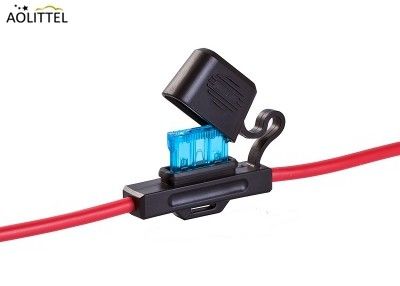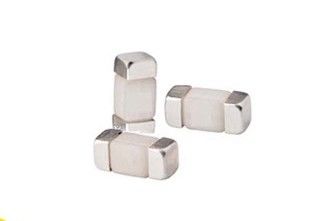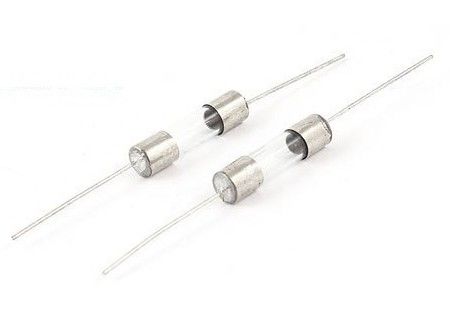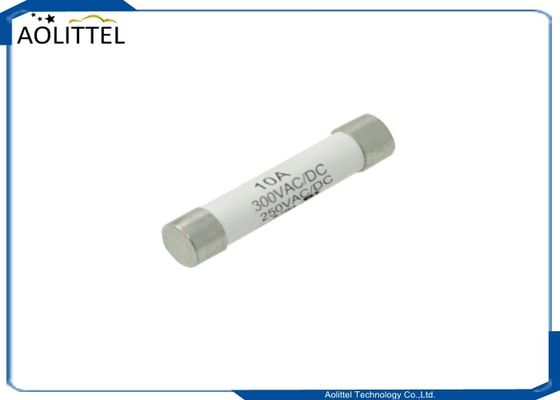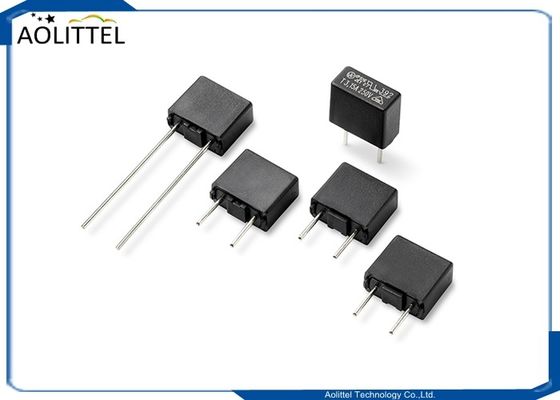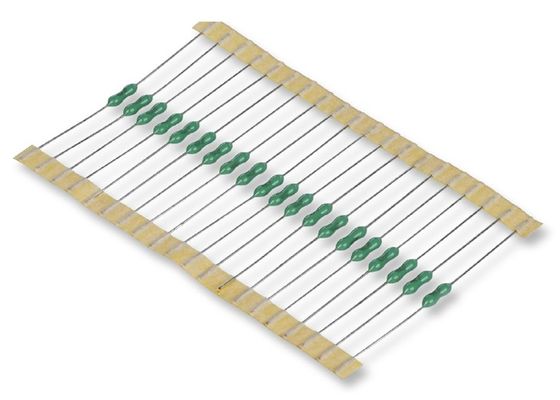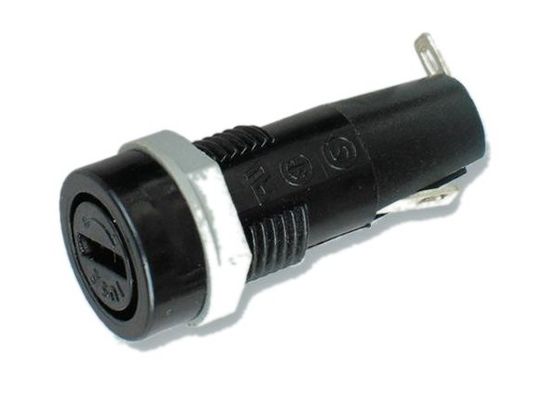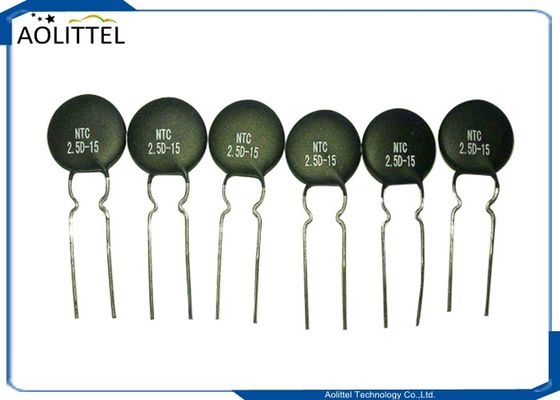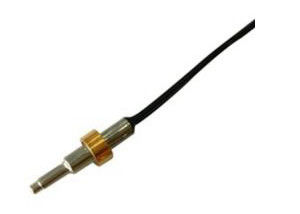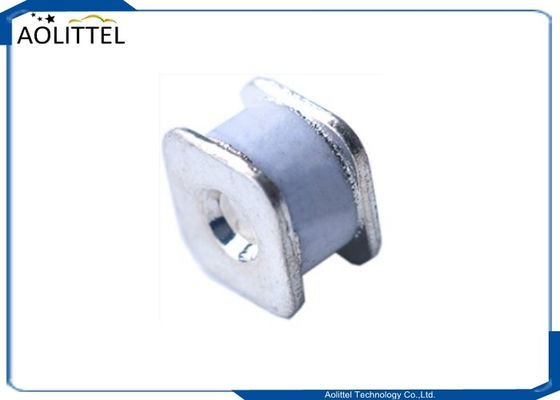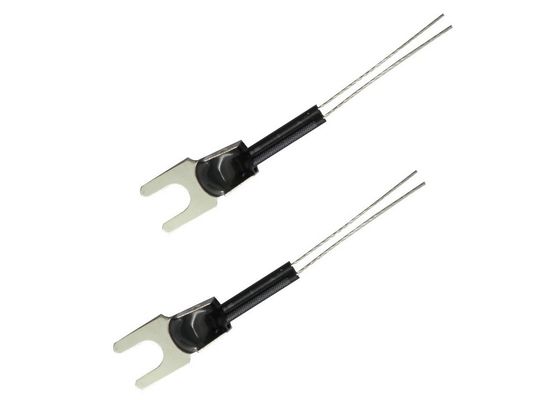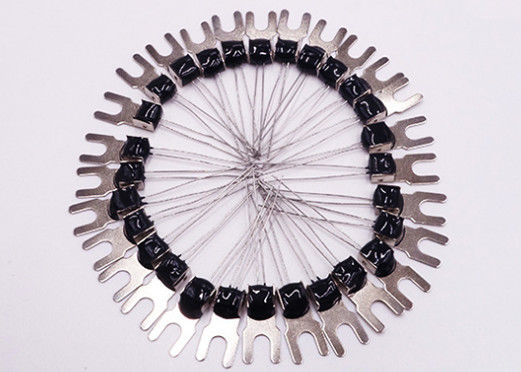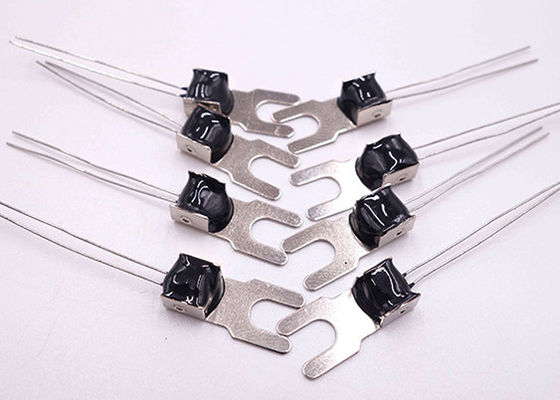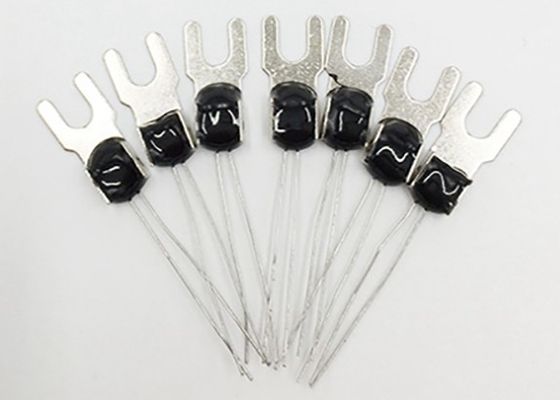Customized U Type Probe Medical Device Surface Temperature Sensor 100K 1% 3950 NTC Thermistor Fork Connector Screw Mount
Description
There are four main types of temperature sensors: thermocouples, thermistors, resistance temperature detectors (RTD) and IC temperature sensors.The IC temperature sensor also includes analog output and digital output.
The use of temperature sensors: household appliances, rice cookers, heaters, cars, electric cars, soya-bean milk maker, coffee machine, burner, dishwasher, disinfection machine, washing machine, car temperature control system, medical equipment, new body temperature measurement, communication equipment Air conditioner, electric water heater, freezer, mobile phone battery, charger, induction cooker, kettle, air conditioner, electric water heater, freezer, electric screwdriver, Disinfection cabinet, electric oven, fire alarm, food storage, marine, deep well, glacier temperature measurement, military and other fields.

Dimension(mm)

Features
New technology, stable performance, long-term work
Range of parameters: R25: (1.0 to 1000) KΩ, B25 / 85: (2000 to 4500) K
High precision
Double seal process, with good insulation and anti-mechanical impact, anti-bending ability, high reliability
Widely used in air conditioners, refrigerators, water heaters, electric kettle, electric oven, rice cookers, microwave ovens and other products
Specifications
Resistance (R25 ° C) Range (KΩ): 0.1 to 1000 KΩ
Resistance (R25 ℃) Allowable deviation (%): ± 0.5%, ± 1%, ± 2%, ± 3%, ± 5%
B value range (K): 3100 to 4500K
B value allows error (%): ± 0.5%, ± 1%, ± 2%, ± 3%, ± 5%
Use temperature range (℃): - 30 ℃ to 120 ℃( -22 to 248℉)
Dissipation factor (in still air) (mW / ° C): ≥ 2.0 mW / ° C
Thermal time constant : (in still air) (S): ≤ 30S
APPLICATION
1,Air conditioners, Refrigerators, Freezers.
2,Water heaters, Potable water heaters, Air warmers, Washers, Disinfection cases.
3,Washing machines, Driers, Thermotanks.
4,Medical devices
Product Photos
4 Most Common Types of Temperature Sensor
A temperature sensor plays an important role in many applications. For example, maintaining a specific temperature is essential for equipment used to fabricate medical drugs, heat liquids, or clean other equipment. For applications like these, the responsiveness and accuracy of the detection circuit can be critical for quality control.
More frequently, however, temperature detection is part of preventative reliability. For example, while an appliance may not actually perform any high temperature activities, the system itself may be at risk to overheating. This risk arises from specific external factors such as a harsh operating environment or internal factors like self-heating of electronics. By detecting when overheating occurs, the system can take preventative action. In these cases, the temperature detection circuit must be reliable over the expected operating temperature range for the application.
Temperature Sensor Types
Temperature detection is the foundation for all advanced forms of temperature control and compensation. The temperature detection circuit itself monitors ambient temperature. It can then notify the system either of the actual temperature or, if the detection circuit is more intelligent, when a temperature control event occurs. When a specific high temperature threshold is exceeded preventative action can be taken by the system to lower the temperature. An example of this is turning on a fan.
Similarly, a temperature detection circuit can serve as the core of a temperature compensation function. Consider a system such as liquid measuring equipment. Temperature, in this case, directly affects the volume measured. By taking temperature into account, the system can compensate for changing environment factors, enabling it to operate reliably and consistently. There are four commonly used temperature sensor types:
1. Negative Temperature Coefficient (NTC) thermistor
A thermistor is a thermally sensitive resistor that exhibits a large, predictable, and precise change in resistance correlated to variations in temperature. An NTC thermistor provides a very high resistance at low temperatures. As temperature increases, the resistance drops quickly. Because an NTC thermistor experiences such a large change in resistance per °C, small changes in temperature are reflected very fast and with high accuracy (0.05 to 1.5 °C). Because of its exponential nature, the output of an NTC thermistor requires linearization. The effective operating range is -50 to 250 °C for gas encapsulated thermistors or 150°C for standard.
2. Resistance Temperature Detector (RTD)
An RTD, also known as a resistance thermometer, measures temperature by correlating the resistance of the RTD element with temperature. An RTD consists of a film or, for greater accuracy, a wire wrapped around a ceramic or glass core. The most accurate RTDs are made using platinum but lower cost RTDs can be made from nickel or copper. However, nickle and copper are not as stable or repeatable. Platinum RTDs offer a fairly linear output that is highly accurate (0.1 to 1 °C) across -200 to 600 °C. While providing the greatest accuracy, RTDs also tend to be the most expensive of temperature sensors.
3. Thermocouple
This temperature sensor type consists of two wires of different metals connected at two points. The varying voltage between these two points reflects proportional changes in temperature. Thermocouples are non-linear, requiring conversion when used for temperature control and compensation, typically accomplished using a lookup table. Accuracy is low, from 0.5 to 5 °C. However, they operate across the widest temperature range, from -200 to 1750 °C.
4. Semiconductor-based sensors
A semiconductor-based temperature sensor is placed on integrated circuits (ICs). These sensors are effectively two identical diodes with temperature-sensitive voltage vs current characteristics that can be used to monitor changes in temperature. They offer a linear response but have the lowest accuracy of the basic sensor types at 1 to 5 °C. They also have the slowest responsiveness (5 to 60 s) across the narrowest temperature range (-70 to 150 °C).

 Your message must be between 20-3,000 characters!
Your message must be between 20-3,000 characters! Please check your E-mail!
Please check your E-mail!  Your message must be between 20-3,000 characters!
Your message must be between 20-3,000 characters! Please check your E-mail!
Please check your E-mail!

